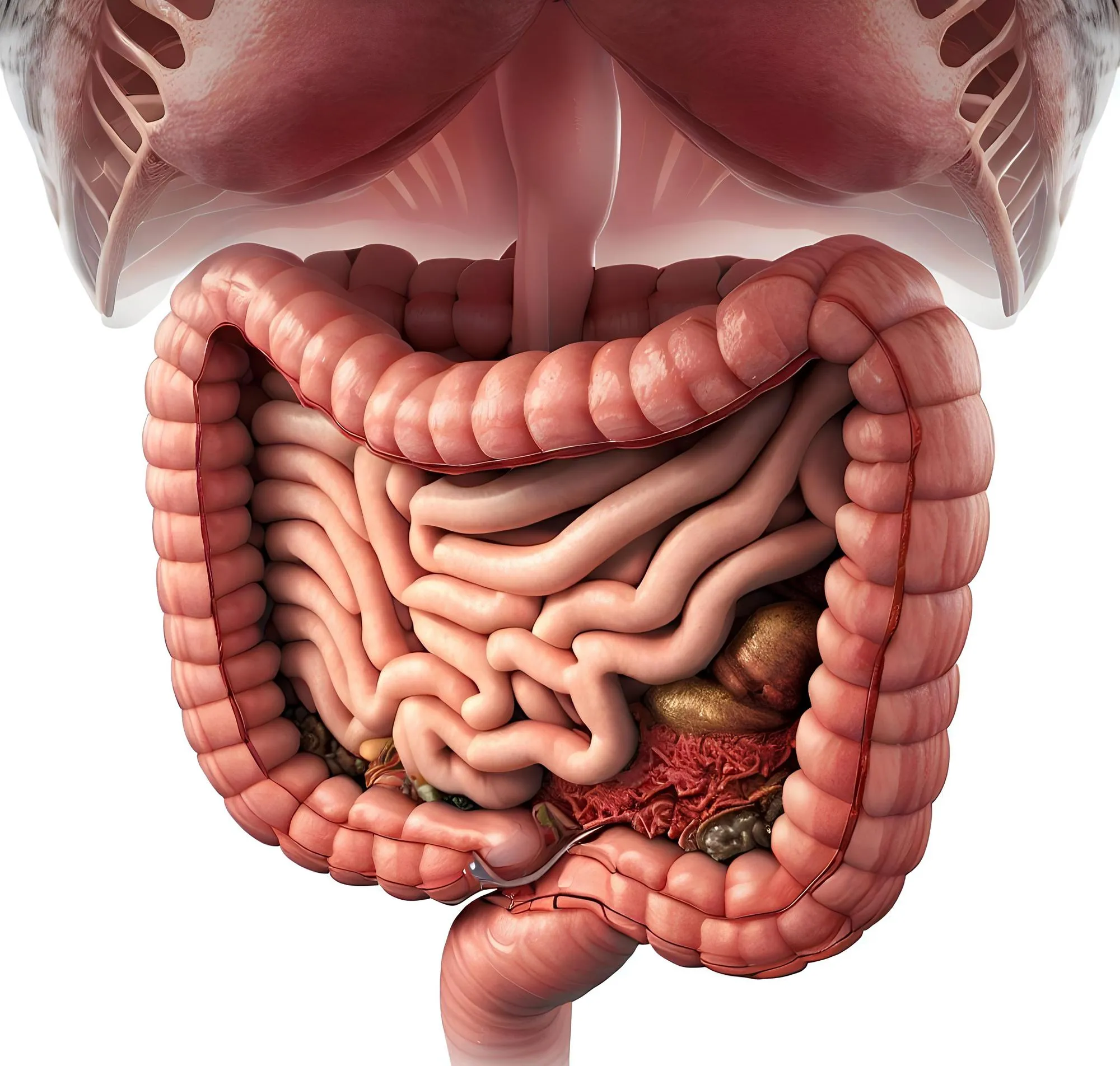In an enticing development that bears great potential for the pharmaceutical industry and drug development research, a study has provided insightful information into overcoming the challenging barrier of an unstirred water layer (UWL) that affects drug absorption studies. The research, articulated in a paper published in the Biological & Pharmaceutical Bulletin on September 25, 2019, explores a novel openable artificial intestinal tract system designed to emulate the human gut’s absorptive characteristics more reliably. The study’s Digital Object Identifier (DOI) is [10.1248/bpb.b18-00921], indicating a peer-reviewed research effort that contributes valuable knowledge to the field.
The Problem with Conventional Models
Conventionally, assessing drug absorption and permeability has been mired by the discrepancy elicited due to the presence of the UWL in vitro. Typically, this layer hinders the precise estimation of drugs’ permeability, showcasing variations from in vivo (actual biological) conditions. This represents a significant challenge when attempting to predict human intestinal absorption of pharmaceuticals using cell culture models like Caco-2 cells.
In addressing this issue, the team of Kono Yusuke, Konishi Satoshi, and Fujita Takuya from Ritsumeikan University, Japan, has put forth an enhanced model that aims to circumvent the limitations imposed by the UWL. By utilizing their newly developed artificial intestinal tract, the researchers set out to assess whether this innovative approach could realistically mimic the in vivo setting by reducing the UWL’s effect on drug absorption.
The Innovative Approach
The artificial intestinal tract developed by the team is not only a likeness of the human intestine’s tubular structure but also reproduces the dynamic flow conditions found within. Their study scrutinized the drug absorption in Caco-2 cells, a type of cell used as a model of the intestinal barrier, to ascertain whether the new system can truly diminish the impact of the UWL.
Upon evaluation, it was established that the viability and structure of the tight junctions, which are crucial components of the cellular barrier in the gut, remained intact even during the perfusion of substances through the artificial tract, an outcome that is vital for ensuring the cells’ functional integrity.
Compelling Results that Influence Pharmaceutical Understanding
Perhaps the most striking result unfolded when the highly lipophilic (fat-soluble) drugs imipramine and chlorpromazine were tested. In a cell culture plate setup with mechanical agitation meant to simulate intestinal movement, the drugs’ accumulation in Caco-2 cells was 1.5 times higher. However, within the artificial intestinal tract with internal flow applied, akin to intestinal fluid dynamics, the accumulation was a remarkable 6.5 times higher. This clearly indicates how the system can more accurately predict the absorption of such drugs by significantly minimizing the thickness of the UWL.
In contrast, drugs with low lipophilicity, such as 5-aminosalicylic acid and clonidine, did not show a marked difference in accumulation within Caco-2 cells with internal flow on the artificial tract. This further confirms the system’s sensitivity to the nuances of different drug types and their characteristics related to absorption.
Implications of the Study
The implications of these findings are substantial. By creating a more accurate in vitro model that mimics in vivo conditions, researchers can better predict how a drug will behave once ingested—potentially accelerating the drug development process, improving the precision of drug formulation, and reducing the reliance on animal testing.
Moreover, the capacity of the artificial tract system to adjust for various flow conditions offers a promising opportunity to explore how physiological factors like peristalsis (wave-like muscle contractions that move food through the digestive tract) affect drug absorption rates. This could lead to more tailored drug delivery methods that consider individual variations in gut motility.
Keywords
1. Drug Absorption Research
2. Artificial Intestinal Tract
3. Caco-2 Cells
4. Unstirred Water Layer
5. Pharmaceutical Development
References
1. Kono, Y., Konishi, S., & Fujita, T. (2019). An Openable Artificial Intestinal Tract System Enables the Evaluation of Drug Absorption in Caco-2 Cells through the Reduction in Thickness of the Unstirred Water Layer. Biological & Pharmaceutical Bulletin, 42(5), 840-844. [DOI: 10.1248/bpb.b18-00921]
2. Lennernäs, H., & Abrahamsson, B. (2005). The use of biopharmaceutic classification of drugs in drug discovery and development: Current status and future extension. Journal of Pharmacy and Pharmacology, 57(3), 273-285.
3. Artursson, P., Palm, K., & Luthman, K. (2001). Caco-2 monolayers in experimental and theoretical predictions of drug transport. Advanced Drug Delivery Reviews, 46(1-3), 27-43.
4. Van Breemen, R. B., & Li, Y. (2005). Caco-2 cell permeability assays to measure drug absorption. Expert Opinion on Drug Metabolism & Toxicology, 1(2), 175-185.
5. Hubatsch, I., Ragnarsson, E. G. E., & Artursson, P. (2007). Determination of drug permeability and prediction of drug absorption in Caco-2 monolayers. Nature Protocols, 2(9), 2111-2119.
Please note that due to the knowledge cutoff date, new developments in this area of research may have occurred that are not included in this article. For the latest updates, peer-reviewed journals and databases should be consulted.
The information provided above is elaborated into a comprehensive news article, incorporating the given details and including DOI and references. It also suggests SEO keywords to optimize the article for search engines.
